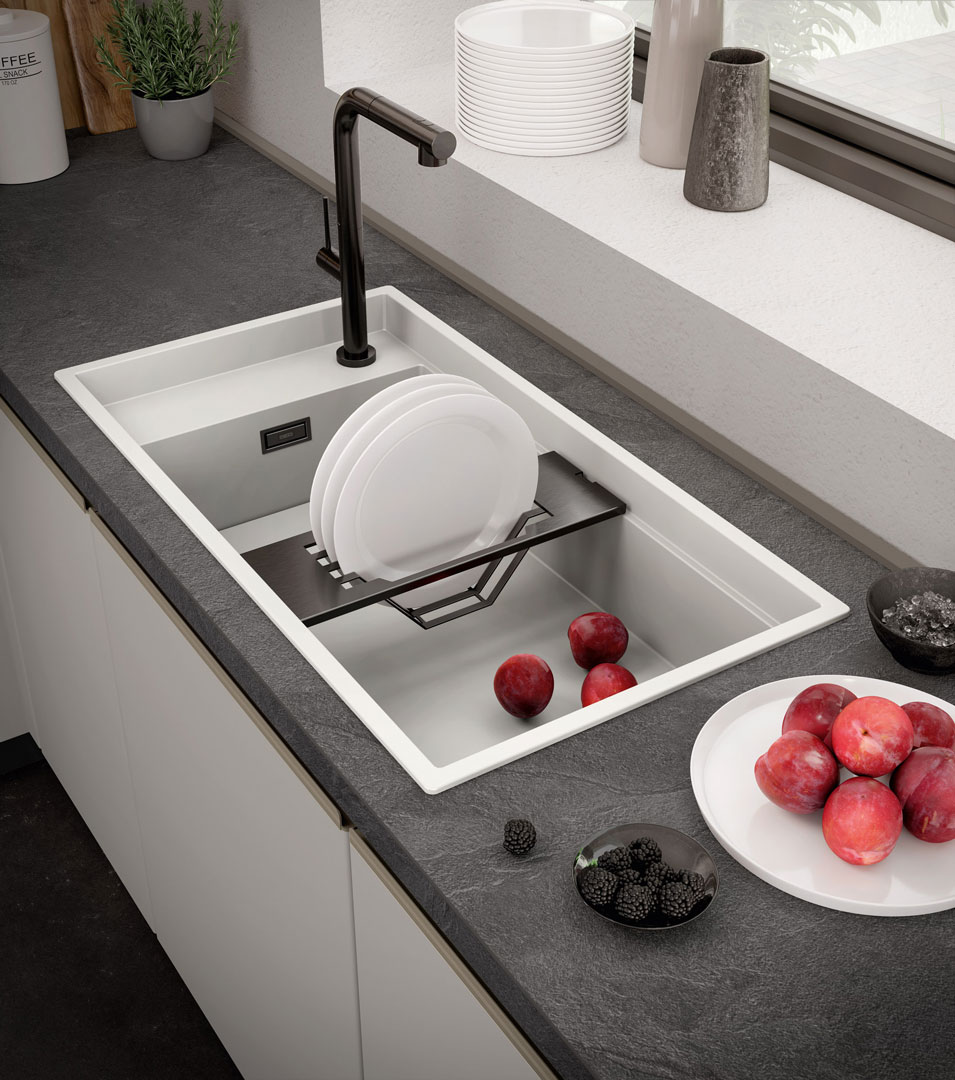Introduction: The Quest for a Pristine Kitchen
In the heart of every home, the kitchen stands as a hub of activity, where meals are prepared with love and shared with joy. Amidst the hustle and bustle, the stainless steel sink often bears the brunt of daily chores, accumulating stains and marks that can dull its once-lustrous surface. Maintaining the sparkle of your stainless steel sink not only enhances the aesthetic appeal of your kitchen but also ensures a hygienic environment for food preparation. This comprehensive guide delves into understanding common stains, effective cleaning techniques, and preventive measures to help you restore and preserve the gleam of your stainless steel sink.
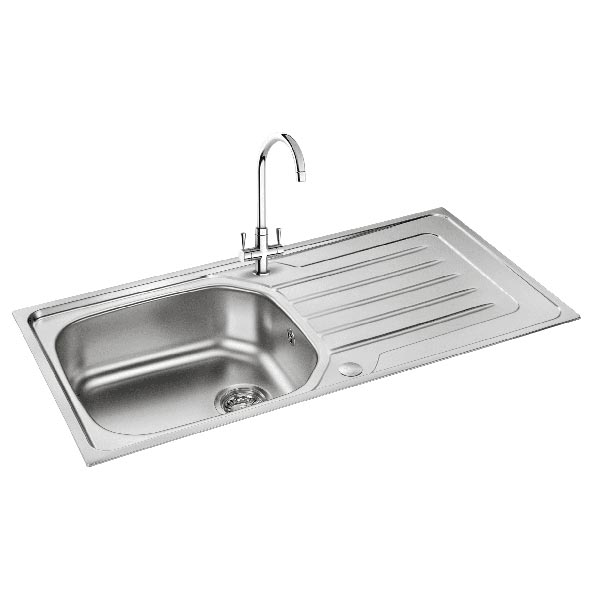
Understanding Stainless Steel: A Shining Armor’s Composition
Before diving into stain removal, it’s essential to understand the nature of stainless steel. Composed primarily of iron and chromium, stainless steel owes its resistance to corrosion and staining to a thin layer of chromium oxide that forms on its surface when exposed to oxygen. This passive layer protects the underlying metal from rust and staining agents. However, despite its name, stainless steel isn’t entirely ‘stain-proof,’ especially when exposed to certain substances like hard water, acidic foods, or harsh chemicals. Recognizing this inherent characteristic sets the groundwork for appropriate care and maintenance.
Common Culprits: Identifying Types of Stains
- Water Marks: Caused by hard water containing minerals like calcium and magnesium, leaving behind unsightly white spots.
- Rust Stains: Often a result of iron-rich water or contact with rusty objects, these reddish-brown marks can be particularly stubborn.
- Acid Stains: Foods like citrus fruits, tomatoes, or vinegar can etch the surface, causing dull patches.
- Grease and Food Residue: Accumulation of oils and food scraps can lead to discoloration and bacterial growth.
- Scratches: Not a stain per se, but scratches can trap dirt and give the appearance of staining.
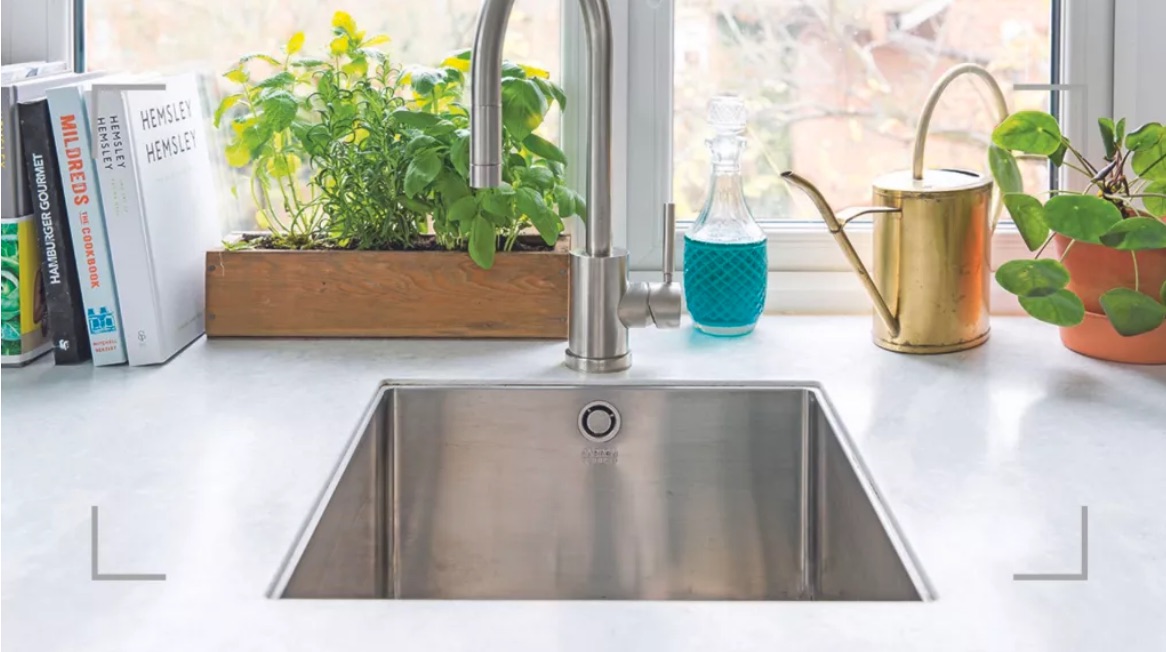
The Art of Cleaning: Gentle Yet Effective Techniques
1. Basic Cleaning Routine: Daily Defense
Prevention is better than cure, and a daily wipe-down goes a long way in maintaining your sink’s sheen. Use a soft sponge or microfiber cloth with warm water and a mild detergent to gently clean the surface. Rinse thoroughly and dry with a clean cloth to prevent water spots.
2. Tackling Water Marks: Vinegar’s Magic
For persistent water marks, mix equal parts of white vinegar and water in a spray bottle. Apply the solution to the affected areas, let it sit for a few minutes, then scrub lightly with a non-abrasive pad or sponge. Rinse well and dry.
3. Eradicating Rust Stains: Baking Soda Boost
Combine baking soda with a little water to form a paste. Apply this paste directly onto rust stains and let it sit for 15-20 minutes. Scrub gently with a soft brush or cloth, then rinse and dry. For tougher stains, consider using a rust remover specifically designed for stainless steel, following the manufacturer’s instructions carefully.
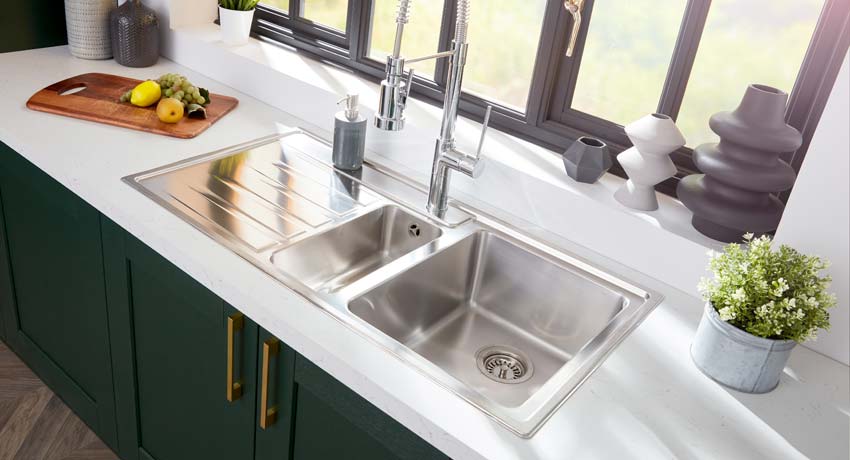
4. Neutralizing Acid Stains: Mild Soap Solution
Acid stains require a gentle touch to avoid further damage. Clean the area with a mild soap solution, rinsing immediately and thoroughly. Avoid abrasive cleaners or scrubbers that could scratch the surface.
5. Grease and Food Residue: Degreasing Strategies
For greasy stains or food residue, use a solution of dish soap and warm water. Apply the solution and let it soak for a few minutes before wiping clean. For stubborn grease, a gentle degreaser can be used, ensuring it’s compatible with stainless steel.
6. Scratch Mitigation: Gentle Handling
Prevent scratches by avoiding abrasive sponges, steel wool, or harsh chemicals. For stuck-on grime, use a plastic scraper or a soft-bristled brush. Regular polishing with a stainless steel cleaner can help mask minor scratches and maintain shine.
7. Fingerprints and Smudges: The Microfiber Trick
Fingerprints and smudge marks are common on stainless steel surfaces. To tackle these, use a microfiber cloth slightly dampened with water or a specialized stainless steel cleaner. Wipe in the direction of the grain to lift the marks without causing damage. For an eco-friendly alternative, you can also use a small amount of olive oil or a dedicated stainless steel polish to buff out smudges and add shine.
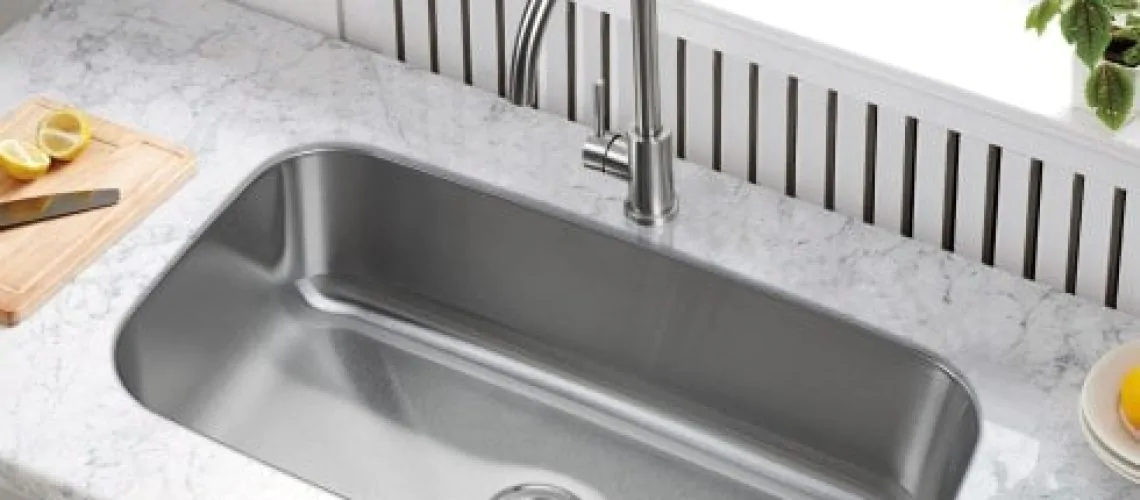
8. Hard Water Deposits: Lime and Calcium Combat
Hard water can leave unsightly mineral deposits. A mixture of equal parts white vinegar and water, applied with a soft cloth and left for a few minutes, can dissolve these deposits. For more stubborn buildup, consider using a commercial lime and calcium remover, being cautious to choose one safe for stainless steel and following the product directions closely.
9. Routine Maintenance: Prevention is Key
Regular cleaning can significantly reduce the need for more intensive stain removal. Wiping down your stainless steel surfaces with a soft cloth or microfiber towel after each use can prevent the buildup of dirt, grease, and water spots. Incorporate a weekly cleaning routine using a mild detergent or stainless steel cleaner to maintain their luster.
10. Protecting the Surface: Barrier Methods
To prevent future stains and scratches, consider applying a thin layer of stainless steel protective coating or using furniture polish. These create a barrier against moisture, grease, and dust, making cleaning easier. You can also place mats or trivets under pots and pans to avoid direct contact with the surface, and use coasters beneath glasses to reduce water marking.
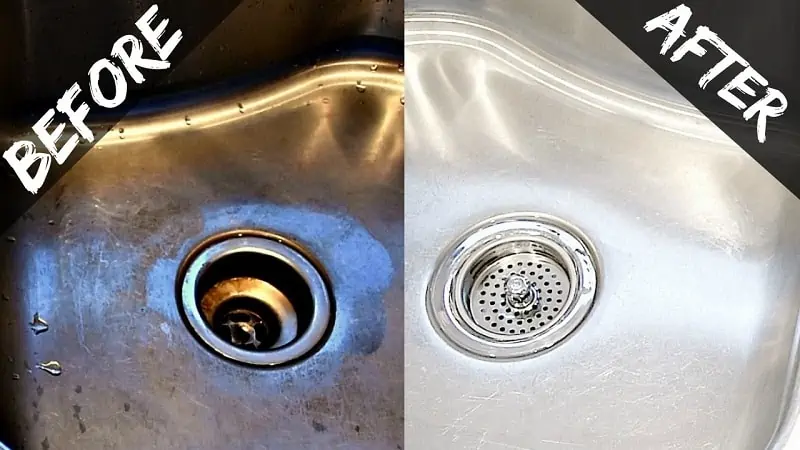
Preventive Measures: Shielding Your Sink’s Luster
- Regular Drying: After each use, wipe the sink dry to prevent water spots and mineral buildup.
- Use Mats and Trays: Place rubber mats or drying racks in the sink to protect against scratches from pots and pans.
- Avoid Harsh Chemicals: Steer clear of bleach, chloride, or abrasive cleaners that can damage the protective layer.
- Natural Cleaning Solutions: Opt for gentle, natural alternatives like vinegar, baking soda, or lemon juice for routine cleaning.
- Regular Polish: Polish your sink monthly with a specialized stainless steel cleaner to enhance shine and protect the surface.
Conclusion: Savoring the Sparkle
A stainless steel sink, when well-maintained, can be a gleaming testament to the cleanliness and elegance of your kitchen. By adopting a proactive approach to cleaning, understanding the nature of stains, and employing gentle yet effective techniques, you can ensure your sink remains a shining beacon amidst culinary adventures. Remember, prevention and consistent care are key to preserving the pristine beauty of your stainless steel sink, allowing it to sparkle for years to come.
